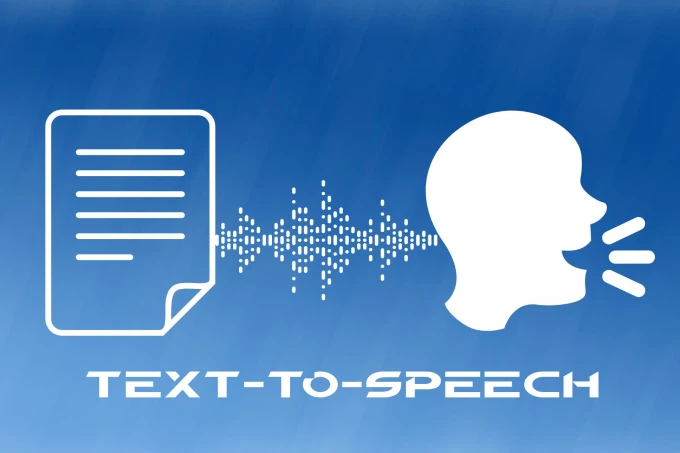Text-to-Speech (TTS) technology is playing an increasingly crucial role in enhancing the user experience in autonomous vehicles (AVs), revolutionizing how passengers interact with in-vehicle systems and receive important information. As AV technology continues to advance, TTS offers a seamless and intuitive way to communicate with passengers, providing essential updates, navigation guidance, and safety alerts. In this article, we’ll explore the applications of Text-to-Speech in autonomous vehicles and how it contributes to improving the overall user experience.
Providing Navigation Guidance
One of the primary applications of Text-to-Speech in autonomous vehicles is providing navigation guidance to passengers. TTS systems can vocalize turn-by-turn directions, upcoming road names, and points of interest, allowing passengers to stay informed about their route without the need to look at a screen.
- Hands-Free Navigation: TTS enables passengers to receive navigation instructions hands-free, reducing distractions and allowing them to keep their focus on the road and surroundings.
- Real-Time Updates: TTS systems can provide real-time updates on traffic conditions, road closures, and alternative routes, helping passengers make informed decisions and navigate efficiently.
Delivering Safety Alerts and Warnings
Text-to-Speech technology plays a critical role in delivering safety alerts and warnings to passengers in autonomous vehicles. TTS systems can vocalize alerts for potential hazards, collisions, and emergency situations, ensuring passengers are aware of any potential risks and can take appropriate action.
- Collision Warnings: TTS can alert passengers to potential collisions or obstacles detected by the vehicle’s sensors, allowing them to react quickly and avoid accidents.
- Emergency Assistance: In the event of an emergency, TTS systems can provide instructions and guidance to passengers on how to safely exit the vehicle or request assistance.
Enhancing In-Vehicle Entertainment and Communication
TTS technology enhances the in-vehicle entertainment and communication experience for passengers in autonomous vehicles. TTS systems can read out text messages, emails, and notifications, as well as provide updates on weather, news, and entertainment content, keeping passengers informed and entertained during their journey.
- Hands-Free Communication: TTS enables passengers to send and receive messages hands-free, allowing them to stay connected with friends, family, and colleagues without taking their hands off the wheel or their eyes off the road.
- Personalized Content: TTS systems can be personalized to the preferences of individual passengers, allowing them to customize the type and format of information they receive during their journey.
Improving Accessibility and Inclusivity
Text-to-Speech technology improves accessibility and inclusivity in autonomous vehicles, ensuring that all passengers, including those with visual impairments or reading difficulties, can access and interact with in-vehicle systems effectively.
- Accessible Information: TTS systems make information accessible to passengers with visual impairments by vocalizing text-based content, navigation instructions, and safety alerts.
- Inclusive Communication: TTS fosters inclusive communication by providing a spoken interface that accommodates diverse user needs and preferences, regardless of age, language, or literacy level.
Conclusion
Text-to-Speech technology is revolutionizing the user experience in autonomous vehicles by providing navigation guidance, delivering safety alerts, enhancing in-vehicle entertainment and communication, and improving accessibility and inclusivity. As autonomous vehicle technology continues to evolve, TTS will play an increasingly integral role in shaping how passengers interact with in-vehicle systems and receive important information. By leveraging the capabilities of TTS technology, autonomous vehicles can offer a safer, more efficient, and more enjoyable transportation experience for passengers of all backgrounds and abilities.





